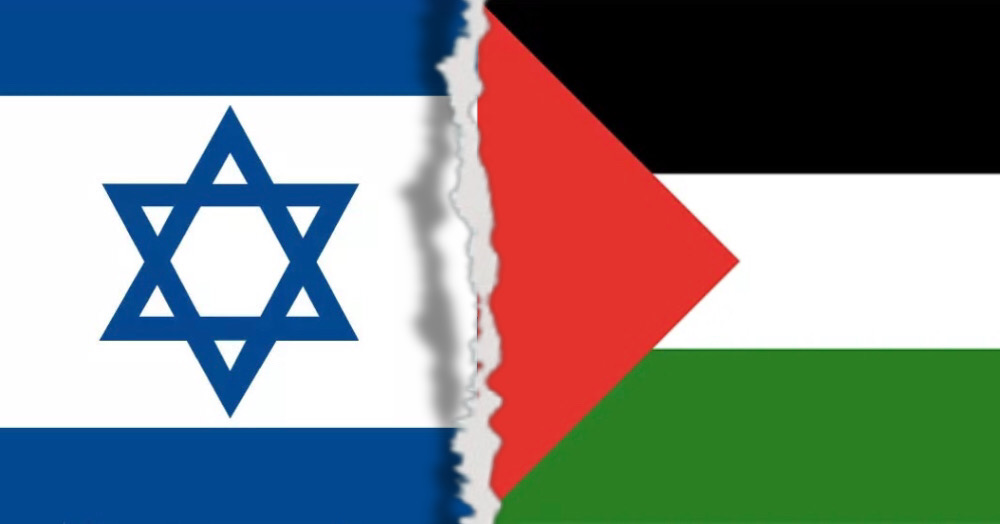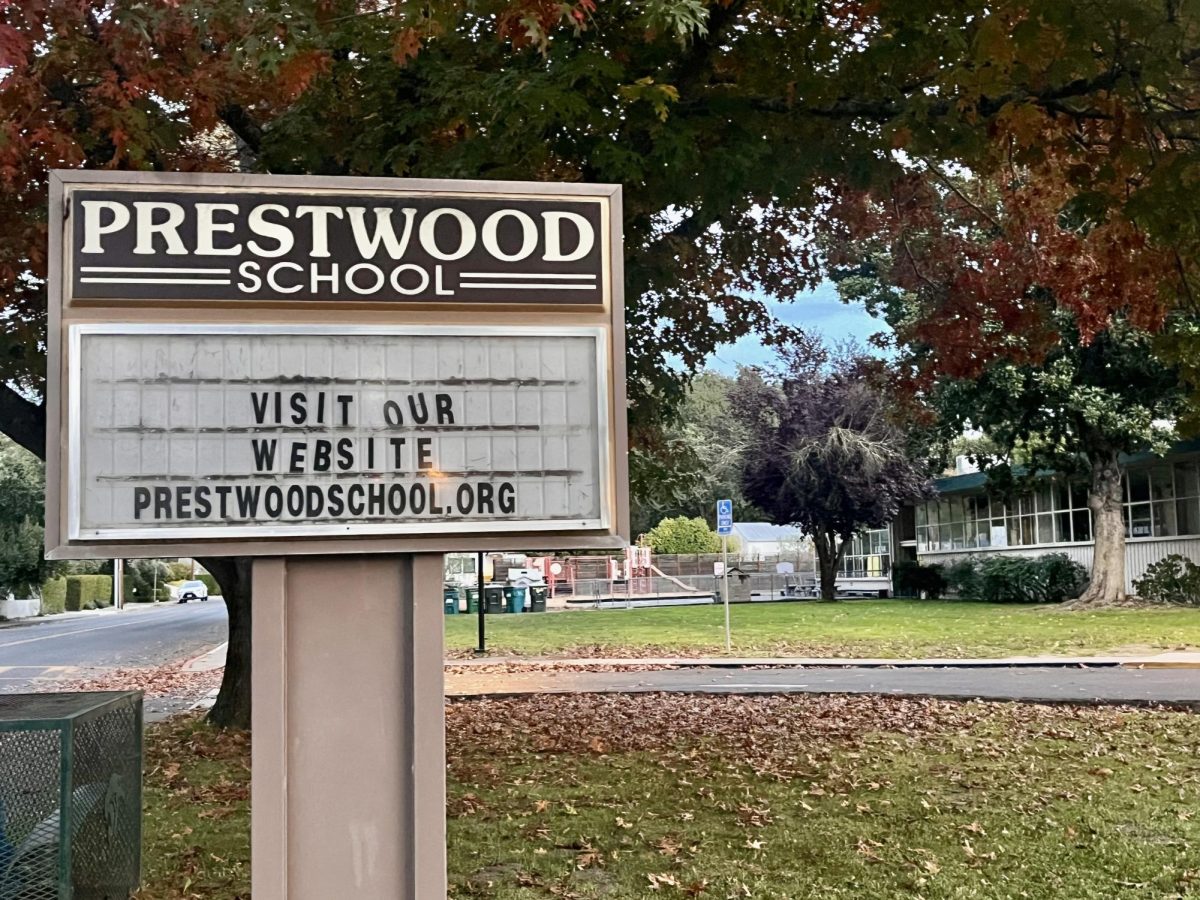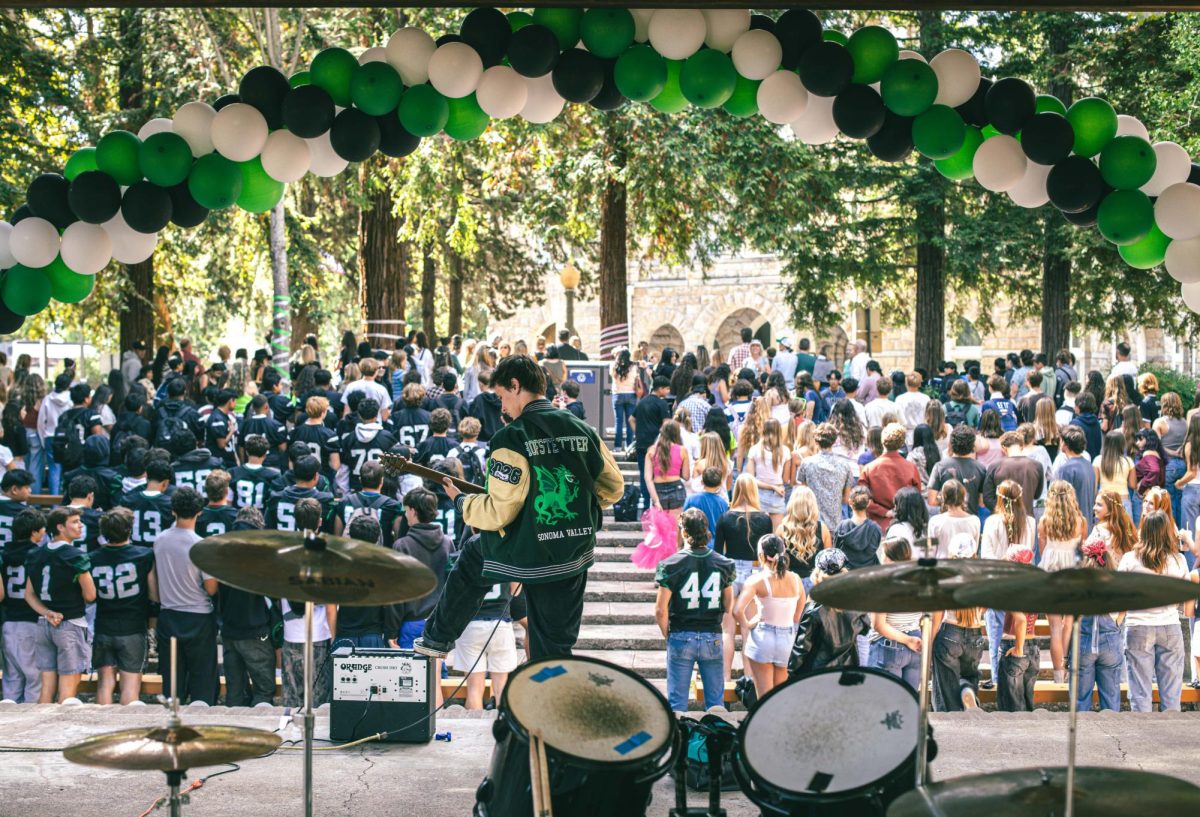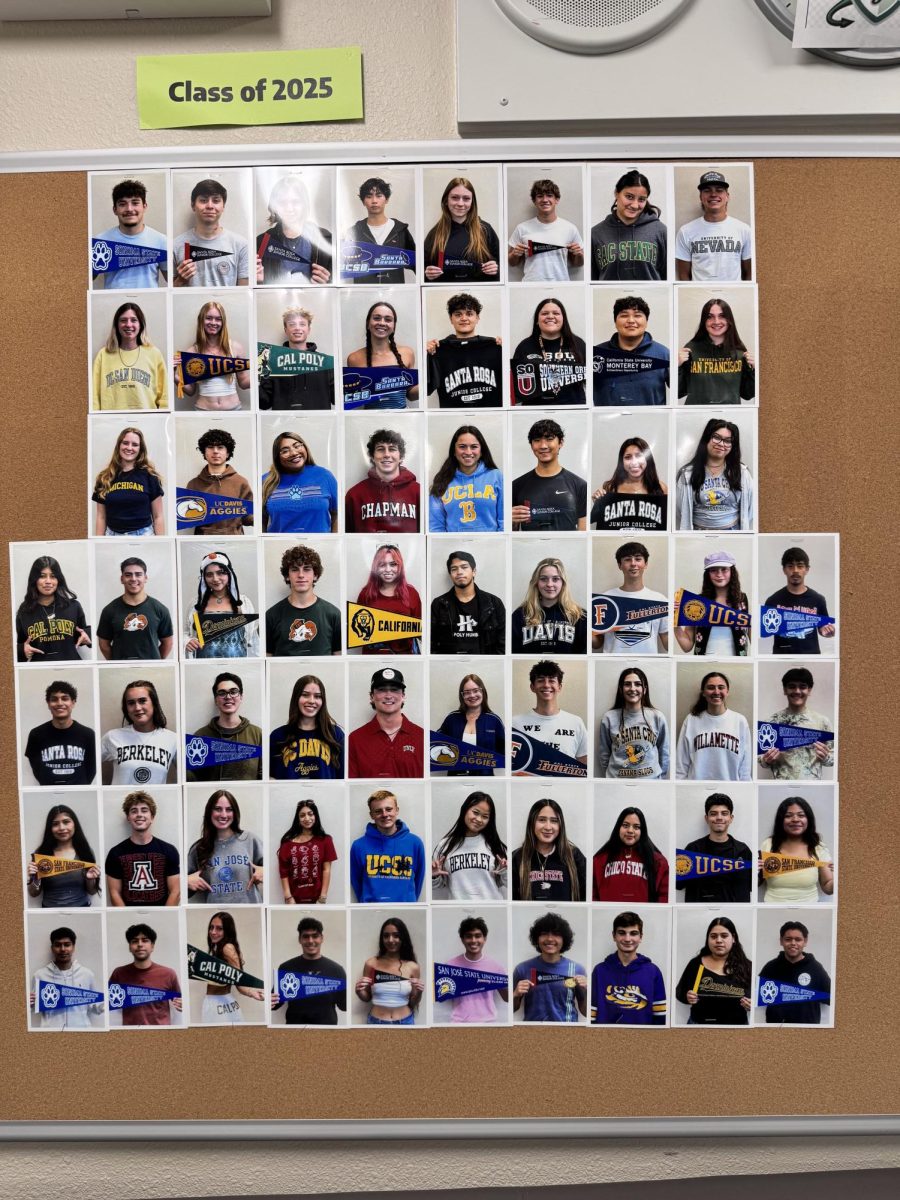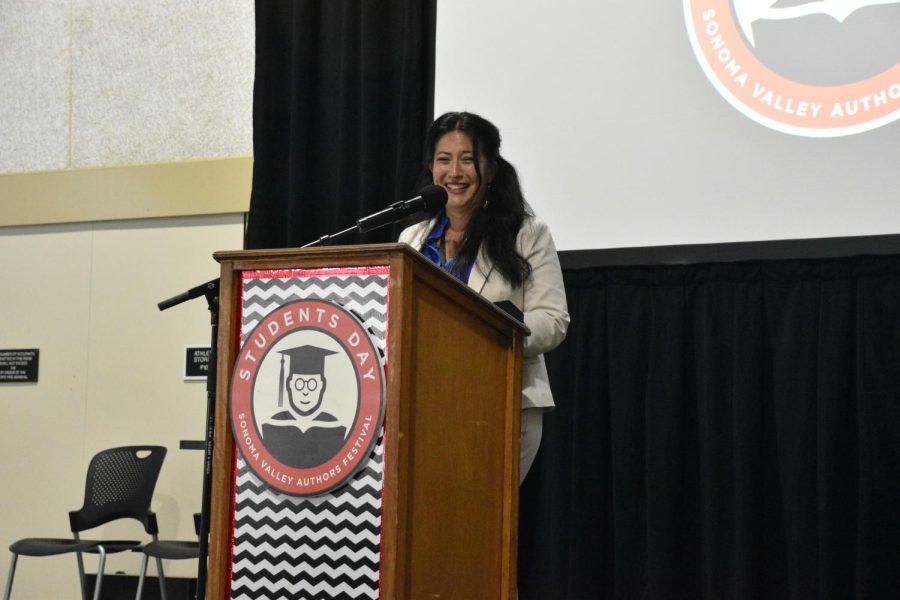As global awareness of the Israel-Hamas conflict increases, the role of propaganda becomes a dividing factor in individual’s interpretations of the events.
A History Lesson
First, a brief history lesson outlining U.S. involvement in Israeli and Palestinian affairs.
Israeli propaganda has fueled Western support for the occupation of Palestine for decades. According to OpenSecrets.org, the American Israeli Public Affairs Committee (AIPAC) has contributed $58,450,753 towards pro-Israel lobbying groups, and $14,393,854 in contributions to political candidates, including congressmen, since 1998. Since Israel’s founding in 1948, the United States has sent 317.9 billion dollars of aid, funding the militarization of the country, with the Israel Defence Forces (IDF) being the sixth largest military per capita in the world today.
The historical actions of the Israeli government against Palestinians have constituted war crimes for decades, including the 38-year occupation of the Gaza Strip from 1967 to 2005. According to the non-profit organization Human Rights Watch, the Israeli occupation violates at least five categories of “international human rights law” including “unlawful killings; forced displacement; abusive detention; the closure of the Gaza Strip… the development of settlements” and “discriminatory policies” against Palestinians. Evidently, with the support of U.S. aid packages, the IDF has subjected the 5 million Palestinian civilians in Gaza, the West Bank, and East Jerusalem to human rights abuses.
On October 7, Hamas militants launched an attack on a music festival in Israel, killing 1,200 Israelis. Their taking of civilian hostages and using civilians as human shields constituted war crimes in a statement released by the United Nations (UN).
Since October 7 alone, the IDF has committed multiple war crimes against the native Palestinian people as classified in the same UN statement, such as launching a “barrage of deadly airstrikes into densely populated civilian areas” including “homes, hospitals, markets, and UN Reliefs and Works Agency buildings.” Furthermore, the UN cites the “intentional starvation of civilian[s]” as amounting to “collective punishment” and “unnecessary suffering…prohibited by international humanitarian law.” According to Reuters, from October 7 to December 5, 2023, more than 15,900 Palestinian civilians have been killed by Israeli forces.
According to an emerging report by the New York Times, “Israeli officials obtained Hamas’s battle plan for the October 7 terrorist attack more than a year before it happened” but dismissed the plans as “aspirational, considering it too difficult for Hamas to carry out.” Hamas eventually followed the outlined blueprints with extreme precision.
SVHS Reaction
At SVHS, many students derive their news from social media platforms such as TikTok and Instagram Reels.
Cooper Groth, senior, rates his understanding of the conflict at a 6/10, using Instagram Reels to stay informed. Groth notices “a lot more support for Israel…especially on the news,” while support for Palestine is prevalent on social media and among the younger generations.
United We Dream, March for Our Lives, the Sunrise Movement, and Gen Z for Change sent a letter to President Biden warning that his “administration’s stance on Gaza risks millions of young voters staying home or voting third party next year” according to In These Times magazine. This outlines a generational difference in public opinion surrounding U.S. involvement in Israel and Palestine.
Craig Tierney, social studies teacher, expresses that “influencers on TikTok are doing a better job at informing American youth than the government is” regarding their positions on the ongoing conflict.
Tierney attributes social media to students’ awareness of the attack on October 7 and the ensuing violence. Consequently, he advises that students “evaluate the credibility of [their] sources,” survey “a diverse group of resources,” and avoid “discount[ing] everything that the mainstream media…” says.
He has observed students being aware of the attack but cites the “vast majority” as lacking the historical knowledge necessary to contextualize it.
Tierney noticed a student said “Free Palestine” the day after the October 7 attack. He was concerned that students formed reactionary opinions based on preliminary social media coverage without diligent, holistic research.
Role of Propaganda
Victoria Hernandez, Student Voice, remembers feeling shocked after reading a CNN article that stated “some argue that Israel may be committing war crimes.” She was uncomfortable with the wording of the article, expressing that the “bombing [of] hospitals and… refugee camps” is not a “possible war crime, [it] is a war crime” as supported by legal experts in international humanitarian law. Hernandez emphasizes the importance of “dissect[ing]” the wording of “every single sentence” because “wording creates culture.” She argues, “you have to be very conscious with what you read because sometimes taking the middle stand is propaganda.”
Media literacy is crucial in understanding and interpreting a conflict with so much historical context.
To play a more active role in the resistance against war crimes, she cites American’s “responsibility to organize, to be talking to our legislators” and to “tell them to stop doing this.”


